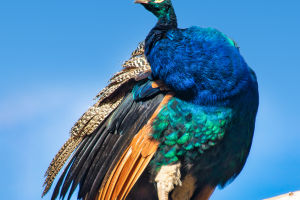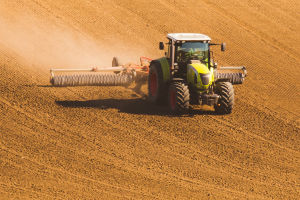Polar bears, as one of the largest land carnivorous mammals on earth, have always been a symbol and an important part of the polar ecosystem. They live in a cold, harsh environment, surrounded by ice and snow, and have adapted to this harsh ecosystem.
However, due to the impact of climate change and human activities, polar bears are facing unprecedented challenges. Let's take a look at the polar bear's lifestyle, ecological status, and how we can protect them.
lifestyle and characteristics
Polar bears are experts at adapting to extreme cold. They make their home in oceans and glaciers, mostly on land and sea ice near the Arctic Circle. Polar bears have thick, warm fur that helps them maintain their body temperature in extremely cold temperatures. They have great muscle and stamina to handle extreme conditions when foraging for food and breeding.
Polar bears are excellent swimmers and they can cover distances of many miles in the water for long periods of time. Polar bears are also known for their enormous size, with adult males weighing up to 1,500 pounds.
Ecological Status and food chain
Polar bears play an important role in the food chain in the Arctic region. They mainly feed on marine life such as seals, fish, and cetaceans. Polar bears are top predators and hold the balance of the entire ecosystem.
Their presence is crucial in controlling the populations of prey such as seals. However, climate change has led to the reduction of sea ice, which has seriously threatened the living environment of polar bears.
Polar bears are one of the victims of climate change. Sea ice in the Arctic is melting at an alarming rate due to the effects of global warming. This makes the habitat of polar bears increasingly limited, and it is difficult for them to find enough food and breeding places.
The reduction in ice also forces polar bears to swim longer distances, depleting their precious energy reserves. Over time, these factors will have a serious impact on the survival of polar bears, and may even lead to population decline and extinction.
Measures to protect polar bears
The protection of polar bears has become the focus of global attention. To address the threats posed by climate change and human activities, it is critical to:
1. Climate Change Mitigation: Global emission reductions and a shift to renewable energy are key to addressing climate change. Reducing greenhouse gas emissions could help slow the melting of the Arctic ice cap and provide more living space for polar bears.
2. Habitat protection: Establish nature reserves and no-fishing areas to ensure that polar bears have sufficient habitat and food resources. Limit human interference in the Arctic region, including oil and gas extraction.
3. Education and Awareness Raising: Increase public awareness of polar bears and climate change and drive action to protect polar bears and their habitats. Education and research can also provide more information on polar bear behavior and ecological needs.
Polar bears are our shared responsibility, not only as an essential part of polar ecosystems but also as sensitive indicators of the impacts of climate change. Protecting polar bears requires global cooperation and long-term commitment to secure their future.
By mitigating climate change, protecting habitat, and raising awareness, we can create better conditions for polar bears to become true guardians of the planet's frigid environments.


